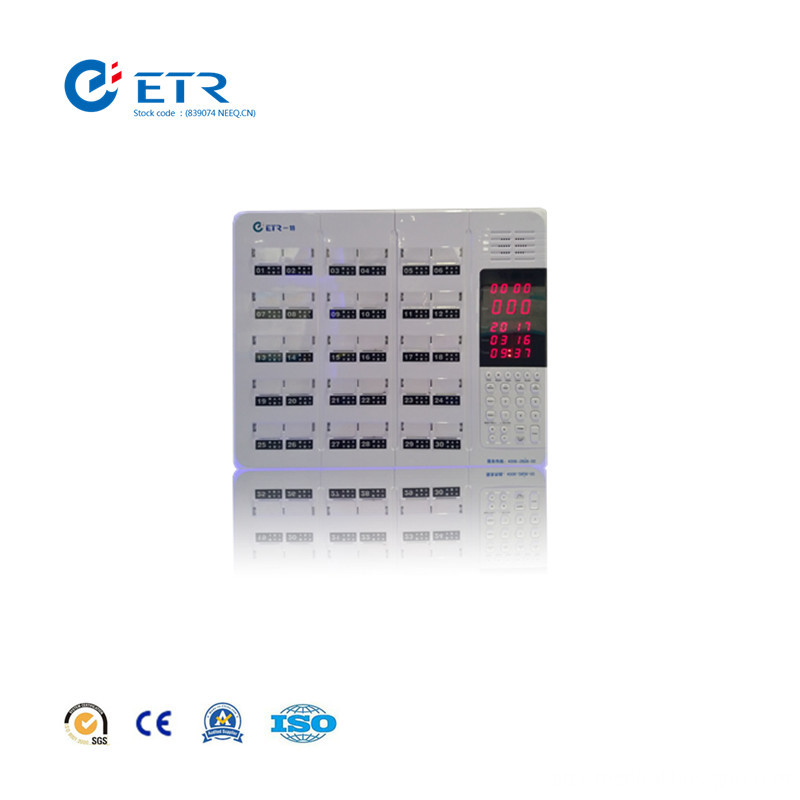Okara is a by-product of the production of soymilk or tofu, and the global output of okara is very large every year. China is the birthplace of tofu production and has a long history of tofu production. Tofu production and sales are large, and the corresponding soybean residue production is also large. So how do we treat so many bean dregs?
Today I gave you an idea. That is, using bean curd residue feed starter to treat bean dregs. After processing, bean dregs can be made into feed.
The first is to do ingredients. The straw is crushed, about 5 to 15% is added, and about 60% of the bean dregs is added. The rest is replaced by rice bran. The ratio of rice bran and bean dregs can be appropriately adjusted according to the actual conditions of the soybean residue moisture. In the end, you can add about 1 jin of jinbao bean dregs leaven.
After the material is finished, you can start doing it. First of all, the Jinbao bean dregs feed fermenting agent and the material to be fermented fully mixed (in order to achieve the purpose of mixing can be used to gradually dilution method), add water and mix well, the material moisture content is generally controlled between 65% to 75%. The judgment method is as follows: The fermented material is tightly grasped, and the watermark can be seen by the finger, but it is not dripping water. It is suitable to loosen the floor and release it. If the juice can be squeezed out and the floor does not spread out, the moisture content is more than 75%. It is unfavorable if it is too dry or too wet. It should be adjusted properly. Add water and mix well and then put it into pots, jars, pools, plastic bags and other containers, and seal and ferment for 2-3 days under natural air temperature. When it is fragrant, sweet, and alcoholic, it can be fed. When large-scale fermentation can be directly stacked in a clean concrete floor or fermentation tank, sealed plastic film can be sealed and fermented.
During fermentation, we should also pay attention to the following points:
1. It should be sealed when stacked or loaded, but it cannot be compacted.
2. When feeding from the container or bag, seal the container immediately and do not expose it for too long to avoid contamination.
3. Can not use raw materials that have been badly spoiled or have offensive odor as fermentation raw materials. If the material after fermentation is improperly stored, it will cause mildew or smell, and it cannot be fed to animals.
4. Usage and dosage of products (fermentation products) produced after fermentation: Fermented energy feeds and protein feeds: piglets are added at 20%-30% of the feed volume, big pigs and chickens and ducks are fed at 30- 50% added (in dry matter) for formulating full-priced material. When feeding the fermented feed, it is necessary to take a step-by-step approach. Do not substitute too much at one time.
In this way, our well-established feed can be fed with confidence, which saves a lot of breeding costs!
ETR Four-Wired Nurse Call System is designed for providing the communication between patients in wards and medical personnel in nurses offices in case of any peculiar conditions in hospitals,With cast-into-once deluxe plastic master telephone hosing, innovative summary fixed mode, complete information electronic summary and audio number reporting system.

Four-Wired Nurse Call System
Four-Wired Nurse Call System,Wireless Nurse Call System,Hospital Nurse Call Equipment,Hospital Nurse Call Station System
Hunan Eter Electronic Medical Project Stock Co., Ltd. , https://www.centralgas.be